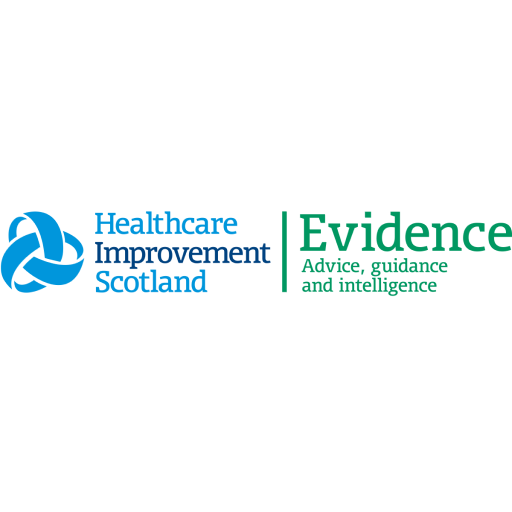People should have access to safe, high-quality specialist gender identity healthcare, including non-surgical, surgical and pharmaceutical interventions and treatment. This should follow national clinical protocols, guidance and pathways.1 Specialist gender identity healthcare should be based on robust holistic clinical assessment, evidence based clinical protocols, best practice and with appropriate governance processes in place.
Services should ensure they support people to make informed decisions and should follow relevant capacity and consent protocols. Referrals to gender identity services, including surgical and non-surgical care, should be appropriate and timely for the person.29 Staff should be trained and knowledgeable about relevant national clinical pathways and regulatory and competency frameworks.
Discussions about specialist healthcare should include risk and benefits of any treatment, continuity of care and safe administration of medications, as appropriate. Policies and protocols to support decision making relating to medication should be developed. All staff who prescribe or administer medication should have appropriate qualifications and competencies and do so in line with regulatory requirements.43 Specialist pharmacy advice should be integral to multidisciplinary discussions. The monitoring and review of medications should be embedded in practice. Where appropriate, repeat and bridging prescriptions should be considered, with decisions recorded appropriately.
Evidence highlights that some people may self-source medication without input from a regulated professional such as a pharmacist. Policies and protocols should include providing support and non-judgemental advice from relevant qualified staff for people self-sourcing.
Organisations should ensure the appropriate governance arrangements are in place to support continuity of care and support throughout the pathway, in line with national and local protocols. For example, when people have moved between NHS boards, UK NHS services or other providers.
